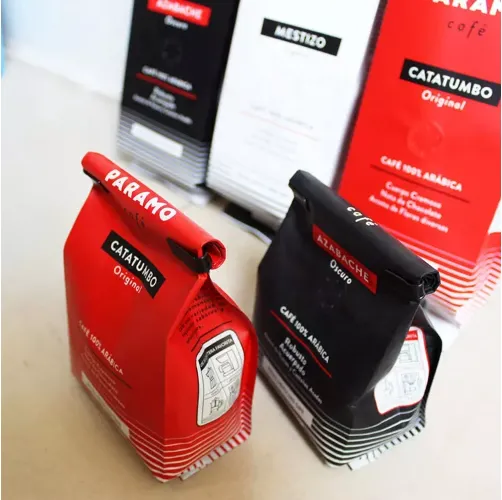- Afrikaans
- Albanian
- Amharic
- Arabic
- Armenian
- Azerbaijani
- Basque
- Belarusian
- Bengali
- Bosnian
- Bulgarian
- Catalan
- Cebuano
- chinese_simplified
- chinese_traditional
- Corsican
- Croatian
- Czech
- Danish
- Dutch
- English
- Esperanto
- Estonian
- Finnish
- French
- Frisian
- Galician
- Georgian
- German
- Greek
- Gujarati
- haitian_creole
- hausa
- hawaiian
- Hebrew
- Hindi
- Miao
- Hungarian
- Icelandic
- igbo
- Indonesian
- irish
- Italian
- Japanese
- Javanese
- Kannada
- kazakh
- Khmer
- Rwandese
- Korean
- Kurdish
- Kyrgyz
- Lao
- Latin
- Latvian
- Lithuanian
- Luxembourgish
- Macedonian
- Malgashi
- Malay
- Malayalam
- Maltese
- Maori
- Marathi
- Mongolian
- Myanmar
- Nepali
- Norwegian
- Norwegian
- Occitan
- Pashto
- Persian
- Polish
- Portuguese
- Punjabi
- Romanian
- Russian
- Samoan
- scottish-gaelic
- Serbian
- Sesotho
- Shona
- Sindhi
- Sinhala
- Slovak
- Slovenian
- Somali
- Spanish
- Sundanese
- Swahili
- Swedish
- Tagalog
- Tajik
- Tamil
- Tatar
- Telugu
- Thai
- Turkish
- Turkmen
- Ukrainian
- Urdu
- Uighur
- Uzbek
- Vietnamese
- Welsh
- Bantu
- Yiddish
- Yoruba
- Zulu
brown paper methodology
Understanding the Brown Paper Methodology
The Brown Paper Methodology is a visual management technique that is designed to facilitate the analysis and improvement of processes within organizations. It employs a variety of visual tools that help teams to better comprehend their workflows, identify inefficiencies, and collaborate effectively in problem-solving.
Origins and Purpose
The name Brown Paper comes from the use of large sheets of brown butcher paper or craft paper, which are typically spread out in a workspace during workshops and meetings. This methodology originated from Lean management principles and is largely used in process mapping and reengineering initiatives. The purpose of the Brown Paper Methodology is to create an interactive visual representation of a process that can engage team members, enabling them to see the flow of activities, roles, and documents. This approach encourages participation and input from everyone involved, tapping into the collective knowledge of the group.
Key Components
1. Process Mapping At the heart of the Brown Paper Methodology is process mapping. Teams outline their current processes step-by-step on the brown paper, using sticky notes or markers to denote different activities, decisions, and outcomes. This method allows participants to grasp the complexity of the process and identify what adds value versus what may be waste.
2. Visual Tools The methodology employs various visual tools such as flowcharts, swimlane diagrams, and value stream maps. These tools help to clearly delineate roles, responsibilities, and the flow of information, making it easier to spot bottlenecks or redundant steps within a workflow.
3. Collaborative Environment The Brown Paper sessions are designed to promote open communication and idea exchange. Team members work together to discuss their insights and experiences related to the processes being mapped. This cooperative atmosphere fosters a sense of ownership and accountability for the outcomes of the exercise.
4. Identifying Improvement Opportunities One of the primary benefits of the Brown Paper Methodology is its focus on identifying areas for improvement. Once the current state is established, participants can collaboratively brainstorm solutions to streamline processes, eliminate waste, and enhance efficiency. This may involve re-engineering workflows, adopting new technologies, or redefining roles.
brown paper methodology

Implementation Steps
1. Preparation Gather a diverse team that is involved in the process being analyzed. Prepare necessary materials such as brown paper, markers, and sticky notes.
2. Current State Mapping Team members outline the existing process in detail. Encourage honest discussions to capture comprehensive insights.
3. Analysis Identify bottlenecks, redundancies, and areas that do not add value. Utilize fishbone diagrams or 5 Whys technique within the group to delve deeper into root causes of inefficiencies.
4. Future State Design Collaboratively design a new, improved process flow. Discuss potential features and enhancements that could lead to significant improvements, ensuring alignment with business goals.
5. Action Plan Develop a plan outlining the steps to implement the improvements. Assign responsibilities and timelines to keep the team accountable.
6. Monitor Progress After implementation, it’s essential to monitor the new process and evaluate its effectiveness. Use feedback loops to make continuous improvements.
Conclusion
The Brown Paper Methodology is an invaluable tool for organizations striving for operational excellence. It empowers teams to visualize their processes, enhances collaborative problem-solving, and drives continuous improvement efforts. By embracing this methodology, organizations can foster a culture of transparency and innovation that ultimately leads to greater efficiency and success in fulfilling their objectives.













